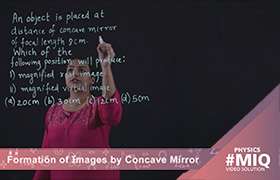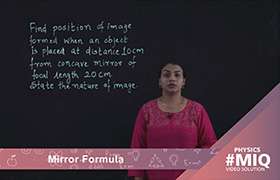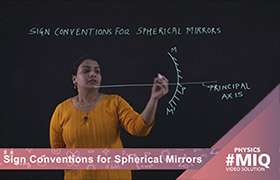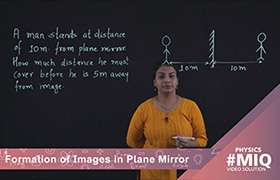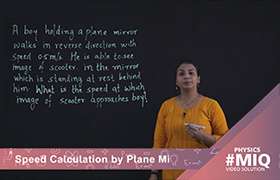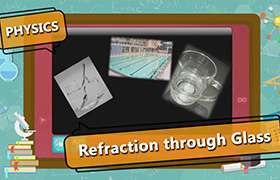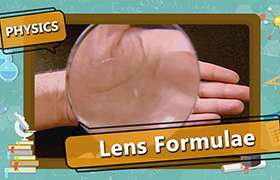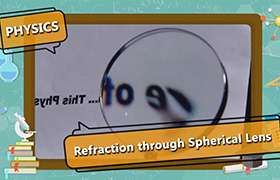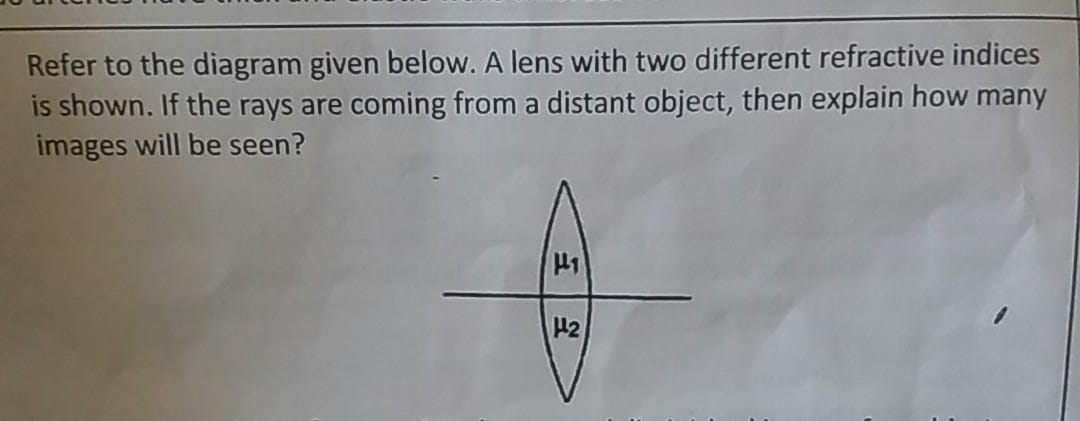CBSE Class 10 Answered
1.
the power of combination of X AND Y lenses is 5 D . find
a)focal length of lens Y
b) nature of lens Y
2
a small object is so placed in front of convex lens of 5 cm focal length that virtual image is formed at a distance of 25m ...find the magnification..
3
an object 2 cm tall is placed on the axis of convex lens of focal length 5 cm at a distance of 10 m from the optical center of lens .find the nature , position and size of the image formed ...which case of image formation by co vex lenses is illustrated in this ex.
4
the filament of lamp is 80 cm from the screen and a converging lens forms an image of it on o a screen,magnified 3 times,,,,,find the distance of lens from the filament and the focal length of the lens..
5
when an object is placed at a distance of 50 cm from the concave mirror ,the magnification is - 1/2 ......where shd the object b placed to get a magnification of , -1/5
Asked by pooja anand | 08 Mar, 2013, 05:28: PM
1. Not enough information is present.
2. focal length, f = 5
virtual image length, v = -25
thus let object distance be u
using the lens formmula, we get that:
1/v-1/u=1/f
thus we can calculate u
and magnification is given as: m = v/u
3. object height, h= 2
focal lenght, f = 5
onject distance, u = -10
thus image distance can be find as above using lens formula, if it is negative the image formed is behind the lens and hence is virtual and else it is real.
4 distance of lamp from screen = 80 = image distance from lens + object distance from lems
i.e. v + u = 80
magnification, m = v/u = -3 (because image formed is real)
thus we can find the two using the above eqations
and focal length, f can be calculated using the lens formula.
5. object distance, u = -50
magnification, m = -1/2 = -v/u
where v = image distance
thus now we can find the focal length, f using the mirror formula, 1/v + 1/u = 1/f
and similarly, the new object distance for the required magnification can be calculated.
5.
Answered by | 09 Mar, 2013, 08:13: AM
Application Videos
Concept Videos
CBSE 10 - Physics
Asked by agankitgupta938 | 18 Apr, 2024, 04:29: PM
CBSE 10 - Physics
Asked by infinityupgraded | 13 Apr, 2024, 08:17: AM
CBSE 10 - Physics
Asked by suryamr2019 | 08 Mar, 2024, 04:32: PM
CBSE 10 - Physics
Asked by saurabhjd527 | 30 Jan, 2024, 07:55: PM
CBSE 10 - Physics
Asked by subrasixty | 13 Jan, 2024, 05:05: PM
CBSE 10 - Physics
Asked by nandanagnair | 17 Dec, 2023, 03:44: PM
CBSE 10 - Physics
Asked by namish1088 | 16 Nov, 2023, 08:09: PM
CBSE 10 - Physics
Asked by 0 0 | 19 Oct, 2023, 03:51: PM
CBSE 10 - Physics
Asked by bubbynaik77 | 29 Sep, 2023, 09:34: PM
CBSE 10 - Physics
Asked by gurcharansingh37306 | 10 Sep, 2023, 12:53: PM

